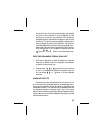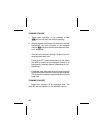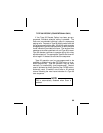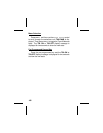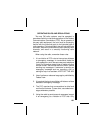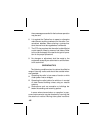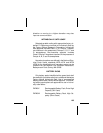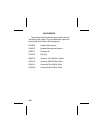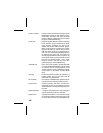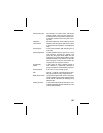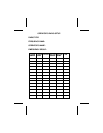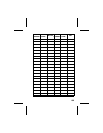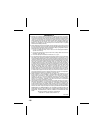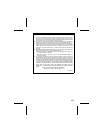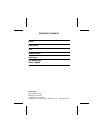group or subfleet
-
a group of users share the same program group
identification number in their mobile and per-
sonal radios. All units in the same group will
receive a dispatch call placed by any one unit in
the group. (Trunked Mode only).
group scan
-
programming that allows the radio to monitor up
to 64 separate groups simultaneously (multi-
group decode), permitting the user to both
monitor and receive calls from these groups.
When a radio receives a call from one of these
groups, it will "lock out", and not send or receive
calls from other groups for a programmed pe-
riod of 5, 10 or 15 seconds, permitting the user
to respond to the group call. (The radio may
also be programmed for no lock out period.) At
the end of the "lock out" period, the radio sounds
two short low pitched "beeps" and is again
ready to receive a call from any of the pro-
grammed groups. (Trunked Mode Only).
Individual Call
-
Every radio in the system is programmed with
a unique individual identification code. A mobile
or personal unit can be programmed to call
another particular unit by selecting the individ-
ual by name or ID number. (Trunked Mode
Only).
queueing
-
the process that occurs when all channels in a
trunked system are busy and calls must be
addressed on a priority basis.
site controller
-
the computer controlled radio equipment at the
repeater site that controls a trunking system.
system (area)
-
the terms "system" and "area" are used inter-
changeably to refer to the particular group of
station repeaters currently providing service to
the radio.
System Manager
-
a computer that preforms the data basing and
system monitoring for the site controller.
System Scan
-
a programmed feature to scan (monitor activity
on) separate trunked systems and receive calls
on any of these systems. (Trunked Mode Only).
106



